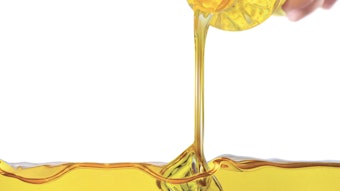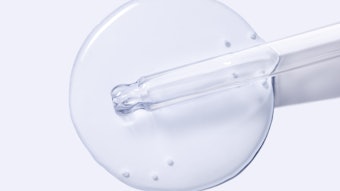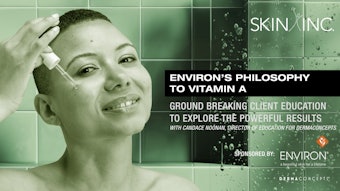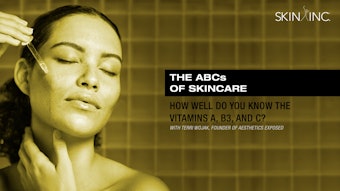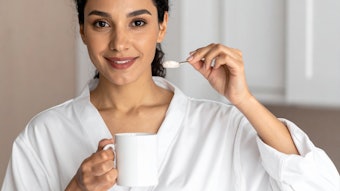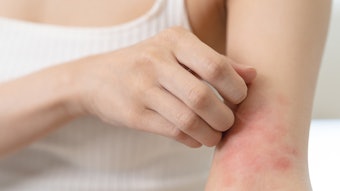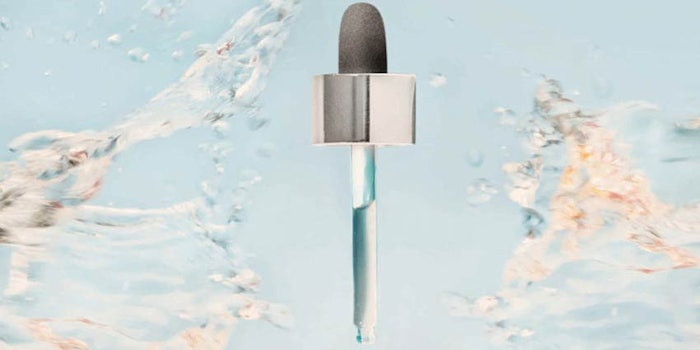
At this stage of its popularity, hyaluronic acid (HA) is one of the brightest stars on the best ingredient list as we can see from the plethora of serums, ampoules, creams and sheet masks that are currently available. Originally identified in the vitreous fluid of a cow’s eye and then formulated from rooster combs, the farm yard has played a significant role in its rise to fame.
To give you a fuller idea of its capabilities, one gram of HA holds approximately six liters of water.
Now produced scientifically to ensure efficacy, HA is an essential product to add to the ever-changing and expanding skin care tool box. Its plumping and moisturizing properties are well known, but it has many other qualities that keep the skin healthy and looking youthful.
The Basics
HA is a clear sugary substance that is classified as a glycosaminoglycan (GAG), also known as mucopolysaccharides. It is produced by the body naturally and is part of the extracellular matrix (ECM), the skin’s protective barrier. HA is well known as a lubricant and cushion for the joints, but it has many other functions like sustaining the shape of the eyeballs. Also, one reason why hormone replacement therapy often causes the skin to look more youthful and less sun damaged is because estrogen contained in these treatments maintains moisture by increasing hyaluronic acid and mucopolysaccharide levels.
In the skin, which contains 50% of the hyaluronic acid present in the human body, it also helps to retain collagen and provide elasticity and flexibility. In other words, it keeps us looking young. Many people report that their skin feels “dewier,” the bags under their eyes diminish and their skin texture is smoother after applying serums and creams containing hyaluronic acid.
Keep Reading in the Digital Edition:

Loving this content so far? Do not miss why HA is a must have in your skin care tool kit, and keep reading it in our digital edition!
Read More in the Digital Edition!



